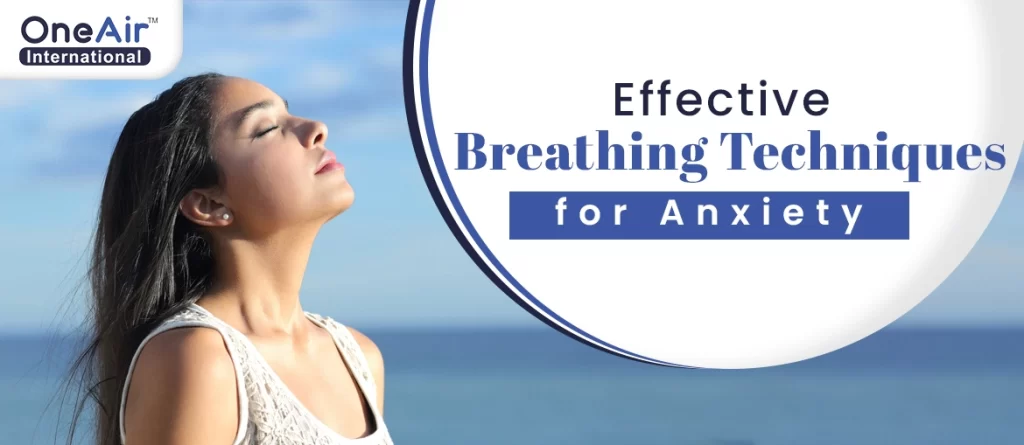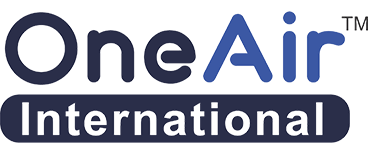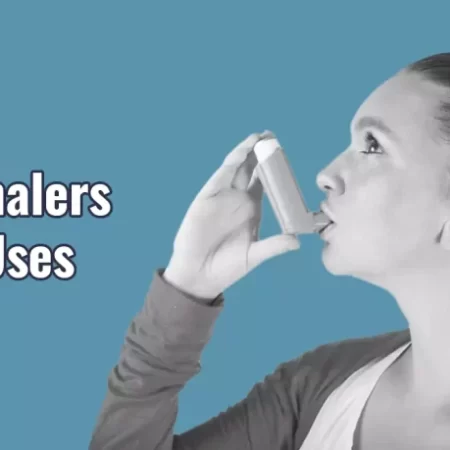
What is anxiety?
Anxiety is our body’s psychological and physiological condition known as feelings of worry or uneasiness, specifically about a particular event or a skeptic outcome. It mostly manifests symptoms like an increase in heart rate, shivering, and sweating, for which they may use Inhalers. If a person feels extreme anxiety and it continues for six months and disturbs their life, then it may be an anxiety disorder.
What is an anxiety disorder?
Ordinary anxiety is a feeling of fear that comes and goes but doesn’t disturb everyday life, but in cases of anxiety disorder, the feeling of fear may not end. This feeling is intense and sometimes even disabling. Physical signs like pounding of the heart and sweating can also be seen in anxiety disorder. This may lead to people not being able to do things they relish.
Various reasons for anxiety:
Everyone has a different experience of anxiety; some may have gone through the wrong diagnosis. So it is difficult to understand anxiety and the reason behind the anxiety problem. The reasons for anxiety can be:
- Drug and alcohol addiction
- Physical or emotional abuse
- Past childhood trauma
- Being left out or being bullied
- Feeling of being coerced or under pressure
- Uncertainty
- Stress
- Financial Issues
- Homelessness
- Some medications for health problems
- Psychiatric medication
- Other mental health problems
Symptoms that you are having an anxiety attack:
- People with anxiety problems or who are having an anxiety attack often have difficulty breathing.
- These people are always in a state of panic and fear.
- They are often confused about the stuff in their day-to-day lives.
- People having a panic attack or who are about to have a panic attack are always found on the edge and are irritable.
- They feel helpless about their life situation or any difficulty they face.
- People with anxiety disorders or who have panic attacks are very pessimistic.
- People with anxiety often feel their bodies going numb and usually have muscle knots.
- Due to fear and panic, they feel like their hearts are pounding, and they experience palpitations.
- These people have difficulty sleeping, and even if they do, they have difficulty staying asleep due to nightmares caused by negative thoughts.
Anxiety and stress can have a negative impact on health in many ways. Visiting a doctor can also help, who may prescribe you METERED DOSE INHALERS or advise you to do breathing exercises. There are various breathing techniques that can help relax and gain control of anxiety, which can further help you feel calmer and more centered.
Breathing techniques to overcome anxiety:
Improper breathing can lead to the incorrect exchange of carbon dioxide and oxygen, further leading to anxiety, panic attacks, and other physical and emotional issues. Breathing techniques are:
Alternate nostril breathing: It involves blocking one nostril at a time while breathing through the other interching nostrils in regular patterns.
- Place your right hand by folding your index and middle fingers into your palm, leaving the thumb, ring finger, and pinky extended outward. This is a mudra known as vishnu mudra in yoga.
- Close your eyes and start inhaling and exhaling.
- Now, block your right nostril with your thumb and inhale through the left nostril.
- Now, block your left nostril with your ring finger while releasing the right nostril.
- Repeat this pattern and vice versa, and continue doing it for 10 rounds.
Belly breathing: It is also called abdominal breathing or diaphragmatic breathing. Find a comfortable and quiet place to sit or lie down.
- Place one of your hands on the belly below the rib cage and the other hand on your upper chest.
- Allow your belly muscles to relax.
- Breathe slowly through your nose in such a way that you feel the air going down to your belly, so that you can feel your stomach rise with your hand and fall inwards towards your spine.
- Exhale slowly through slightly tightened lips. Take note of the hand on your chaser and make sure it remains still.
Box breathing: It is also known as four-square breathing.
- Exhale to a count of four, and hold the lungs empty for a count of four.
- Now inhale to a count of four and hold the air in for a count of four.
- Now exhale and continue doing the same in a pattern.
4-7-8 breathing: This breathing exercise is also called relaxing breathing. At first, it is suggested to do this exercise while seated with the back straight, and after that, when you become familiar with this breathing exercise, you can do it lying in bed.
- Place your tongue behind your front upper teeth throughout the exercise.
- Exhale through your mouth completely, making a “whoosh” sound.
- Close your mouth and quietly inhale through your nose to a mental count of four.
- Hold your breath for a count of seven, and then exhale completely, making a “whoosh” sound to a count of eight.
Simple breathing exercise: You can perform this breathing exercise as often as needed.
- Inhale slowly through your nose, keeping your shoulders relaxed, expanding your abdomen, and raising your chest a little.
- Now slowly exhale through your mouth, slightly tightening your lips without clenching the jaw, making a soft “whooshing” sound when you exhale.
- Keep doing the same until you start feeling better.
Mindful breathing: Mindful meditation involves paying attention to breathing by forgetting about the past and future and concentrating on the present.
- This mindful breathing exercise involves choosing a calming word like “OM” and chanting it silently while inhaling and exhaling.
To conclude, breathing exercises can help in a lot of ways. There are a lot of breathing exercises for anxiety. Try these breathing exercises to overcome stress and anxiety. By doing these breathing exercises, not only can you overcome anxiety, but you can also avert stress.





